Bow
1964
Acrylic on canvas
45 x 45 inches
Signed and dated and titled verso Kenneth Noland and titled Bow verso
Ex-collection
Galerie Lawrence, Paris;
Private Collection, Chicago;
Private collection, Kansas City, MO, 2008-2016
Several movements developed in reaction to the gestural bravura of Abstract Expressionism. In addition to Minimalism, Pop Art and Op Art, Color Field Painting, or Post-Painterly Abstraction, as Clement Greenberg labeled it, surfaced as an aesthetic movement that paralleled the often grand scale of AbEx painting. Yet unlike their predecessors, the Color Field painters held in restraint the notion of the artists’ emotional and physical imprint upon the work. Instead, these artists sought to create a pure and thoroughly authentic experience of color and form.Kenneth Noland, Morris Louis, Helen Frankenthaler and Jules Olitski were the pioneering figures of the Color Field movement. Originating in the 1950’s both in New York and Washington, D.C., this stylistic movement gained critical prominence in the following decade, most notably in 1964 when Clement Greenberg organized Post-Painterly Abstraction, an exhibition comprised of 31 painters at the Los Angeles County Museum of Art. Unlike the all-over format favored by the Abstract Expressionists, the Color Field painters sought to reduce form and color to its fundamental elements. These artists used various staining and pouring techniques to apply acrylic paint directly onto unstretched canvas. Initiated by the Abstract Expressionist Jackson Pollock who methodically splattered paint onto canvas that lay unstretched on the studio floor, this technical process was perpetuated by the Color Field Painters to achieve the most saturated and immediate effect of transferring color to canvas.Though Noland focused upon hard-edged imagery in his “Targets”, “Chevrons” and “Stripes” series, he didn’t want to eliminate evidence of the artist’s hand altogether. This is specifically exemplified in Bow, a painting from his “Cat’s Eyes” series of 1964. The areas of color in this composition merge with the canvas ground rather than detach from it, and the subtle brushstrokes remind the viewer of Noland’s presence. The unusual combination of shades of brown, orange and red recall the color theories of Josef Albers, with whom Noland studied while a student at Black Mountain College in the 1940’s.

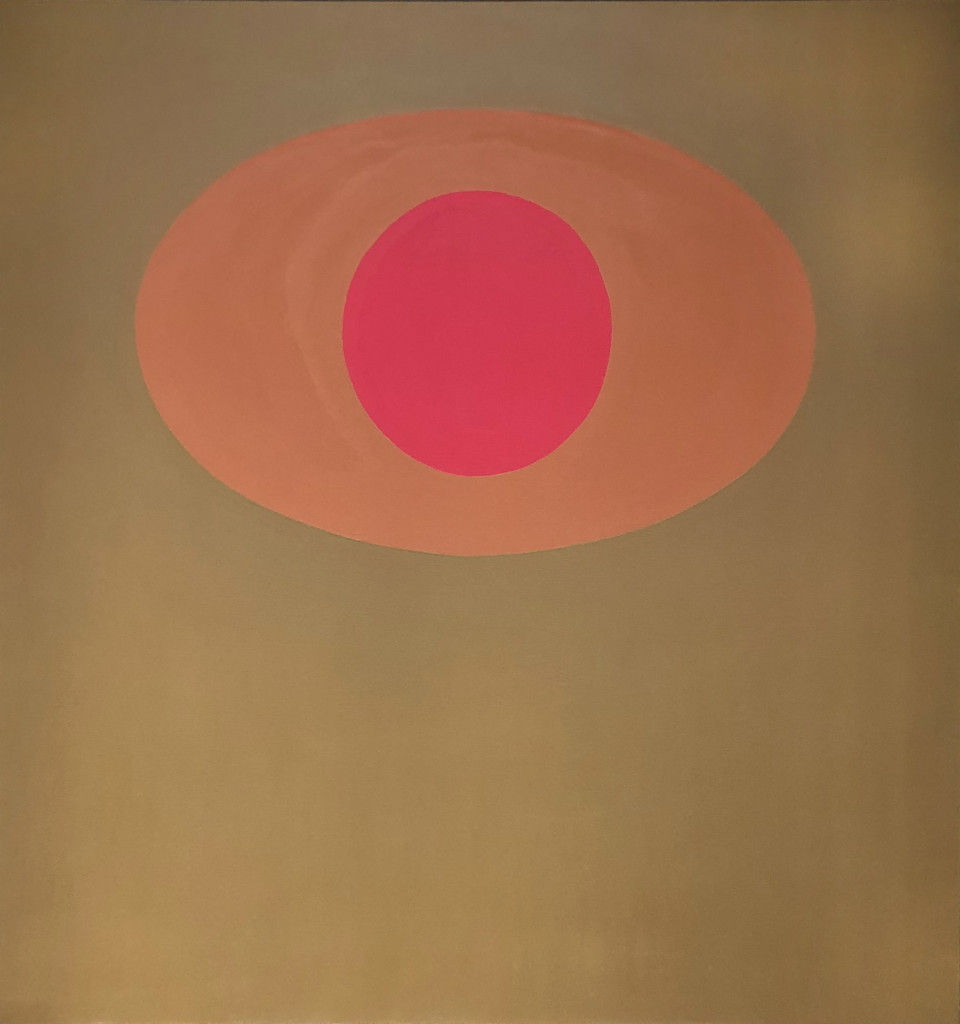
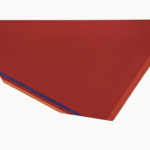 Arch-Red with Blue and Orange
Arch-Red with Blue and Orange
 Bow
Bow
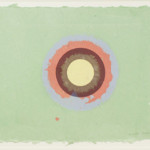 Circle II
Circle II
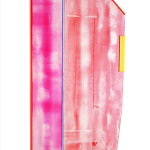 Doors: Easel
Doors: Easel
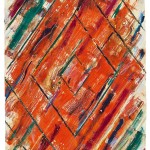 Bravo Costa Brava, No. 6 (sold)
Bravo Costa Brava, No. 6 (sold)
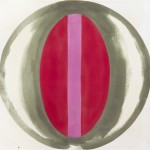 Seed (sold)
Seed (sold)